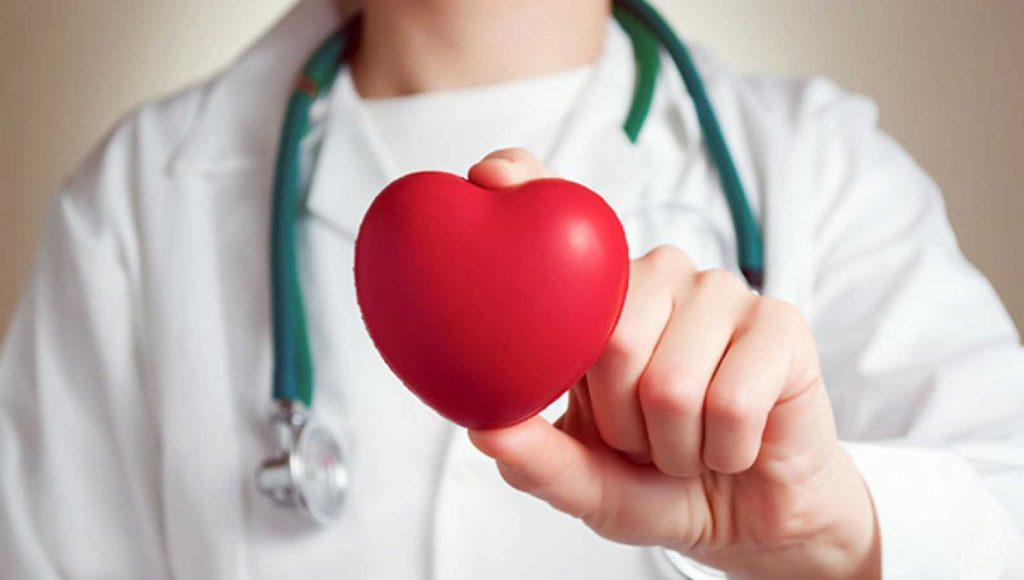
World Heart Day is on September 29th this year, and is the World Heart Federation’s largest platform for raising awareness about cardiovascular disease. As you may know, heart disease and stroke are the leading causes of death around the world. Despite its prevalence, heart disease is actually preventable.
Through World Heart Day, the World Heart Federation spreads the word that tobacco use, drinking an excessive amount of alcohol, an unhealthy diet, and physical inactivity represent the four main risk factors. Over 80% of premature deaths could be prevented if we modified these risk factors.
Certain types of heart disease include, but are not limited to, heart valve problems, arrhythmia, heart attack, and stroke. The signs and symptoms of heart disease may vary between women and men. Some women have no signs until they have a heart attack or stroke. Even then, the symptoms can vary. Women for example, don’t usually experience crushing chest pain, sweat, and turn grey like men do. In contrast, women may manifest heart attack symptoms such as pain in their jaw, shoulder blade, elbow, or report flu-like symptoms. Some may even report indigestion or heartburn as subtle expressions of a heart attack. Here are some basic signs and symptoms for both men and women to look for:
- Coronary heart disease
When the heart muscle doesn’t get enough oxygen rich blood, it manifests as angina. It’s provoked by activity and goes away when the activity stops. Most people know that angina leads to chest pain, but what you may not know is that this pain may be felt in your jaw, neck, throat, upper abdomen, and back. The chest pain may feel dull/heavy or sharp. It may be better to use the word “discomfort” rather than “pain” here because the sensation may not be interpreted as a typical painful feeling. Heart pain is visceral and causes squeezing, cramping sensations as well as nausea, vomiting, sweating, and dizziness. The discomfort often comes and goes and is related to activity or emotional stress. It’s not usually constant discomfort that lasts 24 hours/day for several days.
- Heart attack
This typically produces more severe pain than angina. It catches your attention. Here is where women vary quite often too. The typical sharp or heavy chest pain may not be present in women. Some women feel the sense of impending doom or exhibit anxiety. They may report hot flashes or breathlessness. In fact, almost half of women describe sleeplessness one month before a heart attack. Other symptoms include indigestion, upper back/neck pain, heartburn, nausea/vomiting, fatigue, upper body discomfort, and shortness of breath. Symptoms can certainly vary from person to person, though for instance, a sharp pain in the chest and pain in the left arm may not accompany everyone’s attack.
- Arrhythmia
Heart palpitations or a fluttery feeling in the chest. Rhythm problems can sometimes cause chest discomfort, especially if they lead to tachycardia (fast heart rate) which increases the heart’s demand for oxygen.
- Heart failure
Shortness of breath, fatigue, swelling in feet, legs, ankles, and abdomen reflecting fluid retention. Sometimes patients experience chest discomfort from the heart’s inability to get enough oxygen.
Tune into my shows on heart pain where cardiologist, Dr. Noel Peterson and I discuss important features of heart disease, especially in women and what you should know about improving heart health. For instance, chewing 4 baby aspirin and calling 911 can save your life if you feel like you’re experiencing angina or a heart attack. And, it’s better to call 911 than have somebody drive you to the hospital because you’re typically triaged faster, and you can receive treatment in the ambulance whereas you can’t in a car.
The theme for this year’s world heart day is to create heart healthy environments. With volunteers and help from different organizations, the World Heart Federation is working to make more places smoke – free and make healthy foods more available in public areas like schools or rest stops. You can also get involved by using the hashtag #heartchoices or visit their website here.
Remember, no one is immune to pain, but together we can overcome it.
Source Information: World Health Organization, World Heart Federation, American Heart Association and National Heart, Lung, and Blood Institute.
